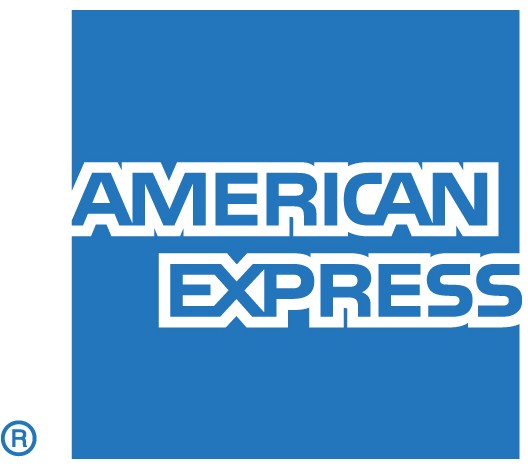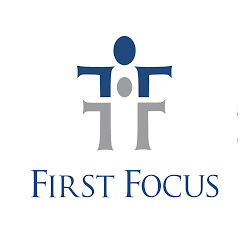What does it mean to live in an equitable place? States and regions are considered equitable when all residents—regardless of their race, ethnicity, nativity, neighborhood of residence, or other characteristics—are fully able to participate in their community’s economic vitality, contribute to its readiness for the future, and connect to its assets and resources.
Utah is undergoing a profound demographic transformation in which people of color are a rapidly growing minority. Already more than quarter of Utah’s children are of color; in the Greater Salt Lake area, people of color represented only 8.4 percent of the total population in 1980, compared to 25.1 percent in 2010.
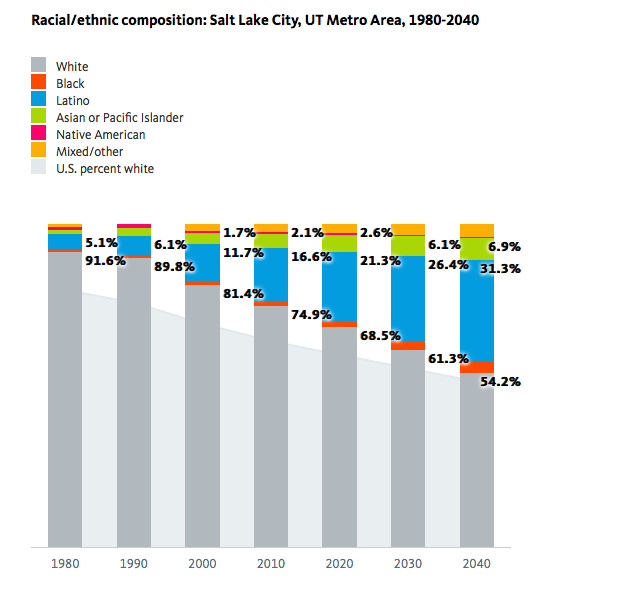
Between 2000 and 2010, the Black population in Greater Salt Lake had the highest growth rate—just over 67 percent—whereas the Native American population had the lowest, at -0.6 percent.
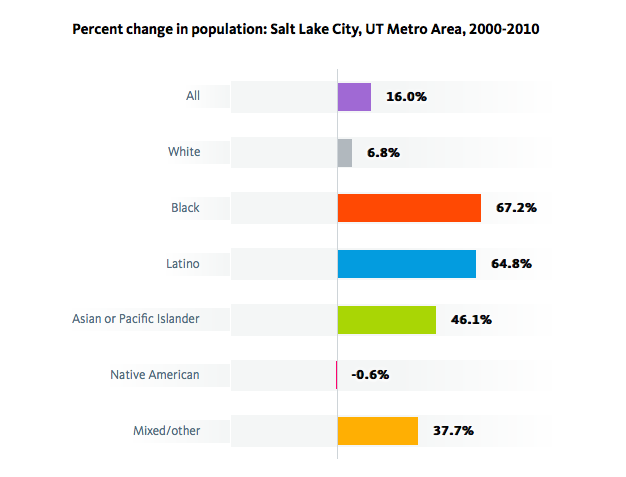
Our growing, diverse population has the potential to be a tremendous asset to our economy. But rising income inequality and persistent racial gaps in health, wealth, income, employment, education, and opportunity can prevent low-income people and people of color from participating fully in both our local and state economies. In the Salt Lake Metro, income for full-time workers at the 10th percentile has fallen by nearly 16 percent since 1979, while income for those at the 90th percentile risen by almost 4 percent.
This rising inequality disproportionately affects workers of color, who are concentrated in low-wage jobs that provide few opportunities for economic security or upward mobility. Workers of color consistently earn lower wages and are more likely to be jobless compared to their white counterparts, and racial gaps remain even among workers with similar education levels. In 2012, the median wage for workers of color in the Greater Salt Lake area was $7 less than the median wage for white workers.
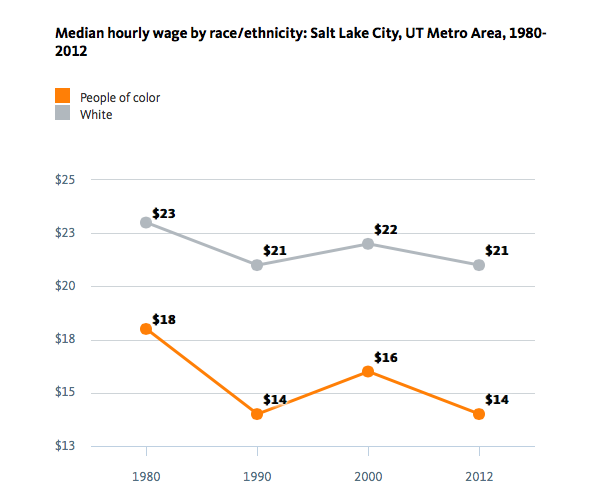
Racial economic inclusion is good for families, good for communities, and good for the economy. In the Salt Lake Metro, GDP would have been close to $7.8 billion higher in 2012 if people of color had earned the same as their white counterparts. This means fewer families would have lived in poverty, and there would have been significantly more in tax revenue.
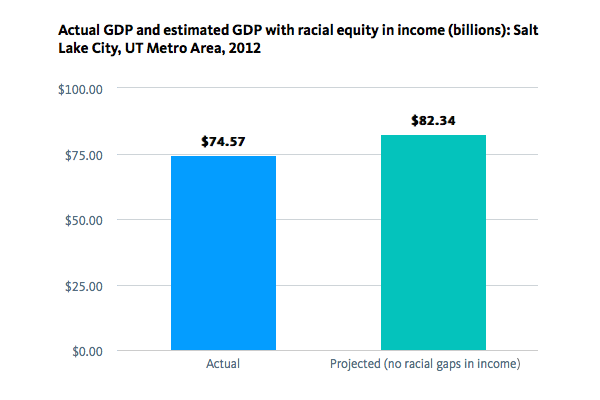
Economists, business leaders, and elected officials increasingly recognize that inequality is hindering economic growth, and that racial and economic inclusion are the drivers of a robust economy. To continue building a strong economy, both in Greater Salt Lake City and in Utah, leaders in the private and public sector need to advance an equitable growth agenda: a strategy to create good jobs, increase human capabilities, and expand opportunities for everyone to participate and prosper. Equity will make Utah stronger.
Printer-friendly Report:![]() Greater Salt Lake City Equity Profile: A Closer Look at Racial & Ethnic Disparities
Greater Salt Lake City Equity Profile: A Closer Look at Racial & Ethnic Disparities
For 30 years now, Voices for Utah Children has called on our state, federal and local leaders to put children’s needs first. But the work is not done. The children of 30 years ago now have children of their own. Too many of these children are growing up in poverty, without access to healthcare or quality educational opportunities.
How can you be involved?
Make a tax-deductible donation to Voices for Utah Children—or join our Network with a monthly donation of $20 or more. Network membership includes complimentary admission to Network events with food, socializing, and opportunity to meet child advocacy experts. And don't forget to join our listserv to stay informed!
We look forward to the future of Voices for Utah Children and we hope you will be a part of our next 30 years.
Special thanks to American Express for sponsoring our 30th Anniversary Year. 